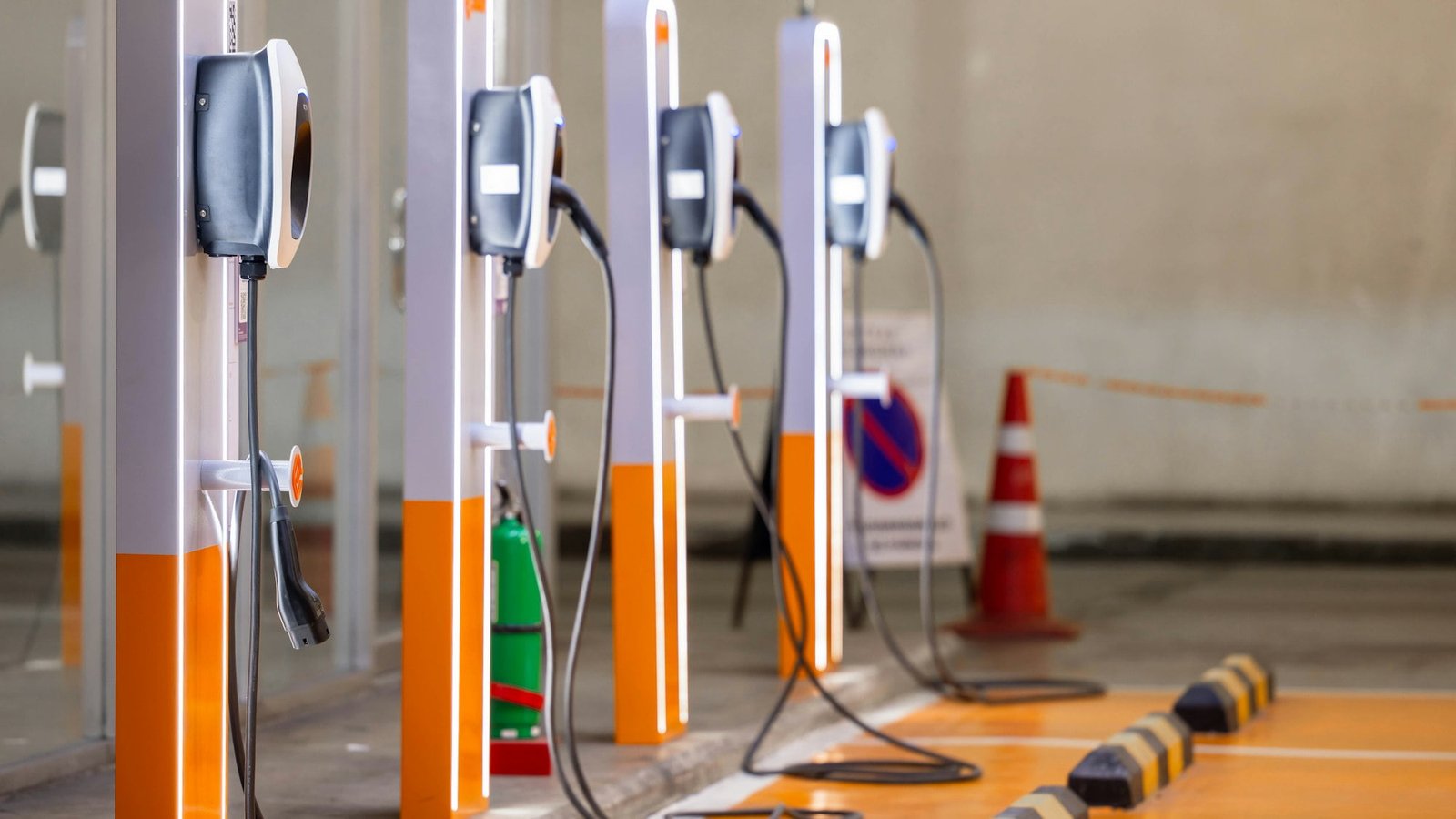The Intersection of AI and EV Charging Networks: Smarter Infrastructure for the Future
Automotive AITable of Contents
As electric vehicles (EVs) continue to gain popularity, the demand for efficient and accessible charging infrastructure is on the rise. In this article, we’ll explore how the integration of artificial intelligence (AI) is revolutionizing EV charging networks, paving the way for smarter and more sustainable transportation solutions.
Empowering EV Charging Networks with AI
Optimizing Charging Efficiency:
AI algorithms are optimizing EV charging networks by analyzing real-time data on energy demand, grid capacity, and charging patterns. By leveraging predictive analytics, these algorithms can anticipate peak charging times and dynamically adjust charging rates to minimize strain on the grid and reduce energy costs for EV owners. According to a report by McKinsey, AI-driven optimization could increase the utilization of charging infrastructure by up to 40%.
Enhancing User Experience:
AI-powered EV charging networks offer enhanced user experiences through features such as intelligent scheduling, predictive maintenance, and personalized recommendations. For example, smart charging stations equipped with AI can recommend optimal charging times based on factors like battery health, travel plans, and energy tariffs, ensuring a seamless and efficient charging experience for EV owners.
Driving Sustainability and Grid Integration
Balancing Supply and Demand:
AI plays a crucial role in balancing supply and demand in EV charging networks, particularly in regions with high concentrations of EVs. By analyzing data on energy production, grid capacity, and vehicle charging patterns, AI algorithms can optimize charging schedules to align with renewable energy generation and grid stability. This helps reduce reliance on fossil fuels and minimizes the carbon footprint of EV charging infrastructure.
Grid Integration and Demand Response:
AI-enabled EV charging networks support grid integration and demand response initiatives by enabling bi-directional communication between charging stations and utility providers. This allows utilities to manage electricity demand more efficiently, leveraging EV batteries as distributed energy resources for grid stabilization and peak load management. According to a study by the International Renewable Energy Agency (IRENA), smart charging strategies could reduce the need for grid expansion investments by up to 30%.
Fostering Innovation and Collaboration
Partnerships and Ecosystem Integration:
The intersection of AI and EV charging networks has sparked collaboration between automotive manufacturers, charging infrastructure providers, and technology companies. Partnerships such as Tesla’s Supercharger network and ChargePoint’s integration with Google Maps demonstrate the potential for seamless integration of EV charging into broader mobility ecosystems. By fostering innovation and collaboration, the industry can accelerate the transition to sustainable transportation solutions.
Research and Development:
Investments in research and development are driving advancements in AI-powered EV charging technologies, including wireless charging, ultra-fast charging, and vehicle-to-grid (V2G) integration. Companies like BMW and Nissan are pioneering V2G technology, which enables EVs to discharge energy back to the grid during peak demand periods, providing additional revenue streams for EV owners and supporting grid stability.
FAQs:
How does AI optimize EV charging efficiency?
AI algorithms analyze real-time data to anticipate peak charging times and adjust charging rates accordingly, minimizing strain on the grid and reducing energy costs for EV owners.
What are some benefits of AI-powered EV charging networks?
Benefits include enhanced user experiences, optimized charging schedules, grid integration, and support for renewable energy integration and demand response initiatives.
How does AI support grid integration and demand response in EV charging networks?
AI-enabled charging networks facilitate bi-directional communication between charging stations and utility providers, enabling efficient management of electricity demand and leveraging EV batteries as distributed energy resources for grid stabilization.
What collaborations are driving innovation in AI and EV charging networks?
Collaborations between automotive manufacturers, charging infrastructure providers, and technology companies are driving innovation in EV charging networks, leading to seamless integration into broader mobility ecosystems.
What advancements are being made in AI-powered EV charging technologies?
Advancements include wireless charging, ultra-fast charging, and vehicle-to-grid (V2G) integration, which enables EVs to discharge energy back to the grid, providing additional revenue streams for EV owners and supporting grid stability.
